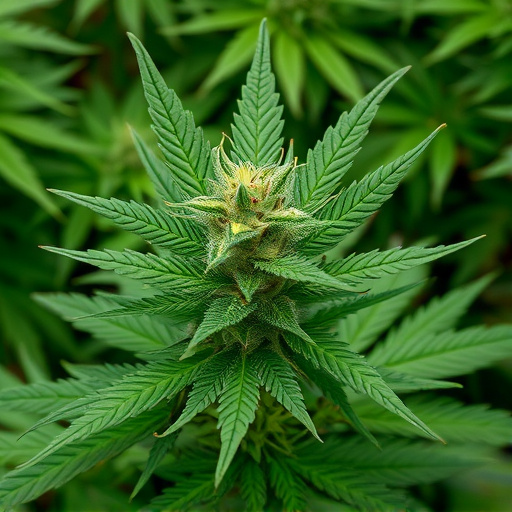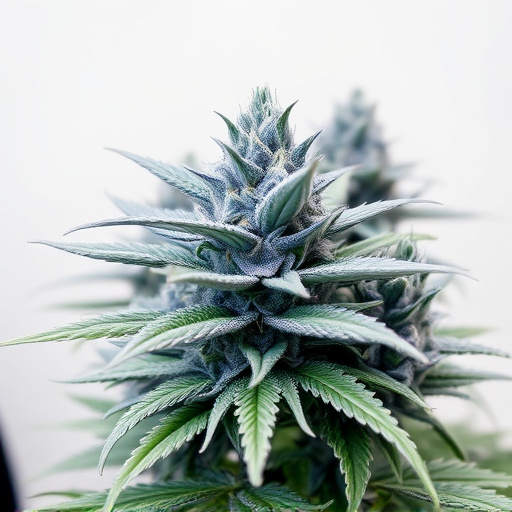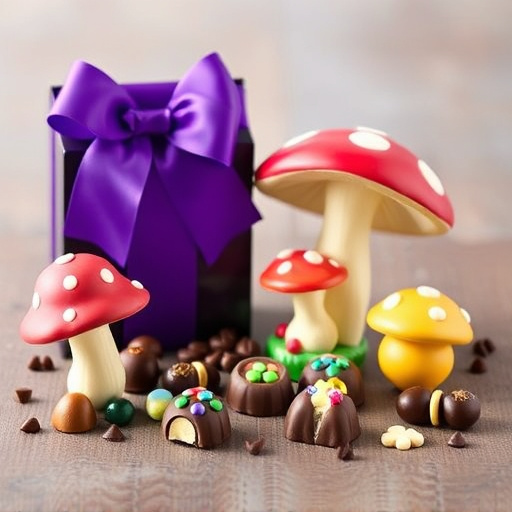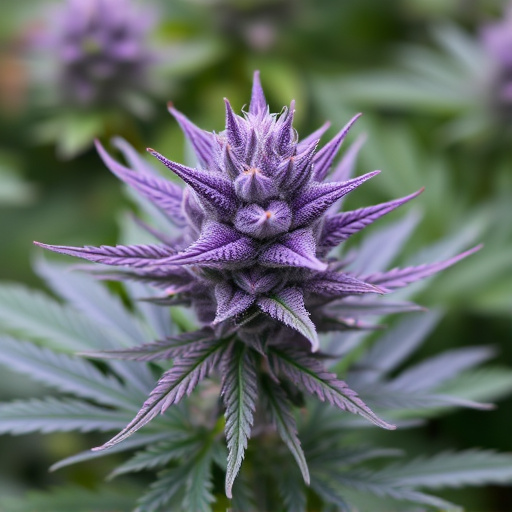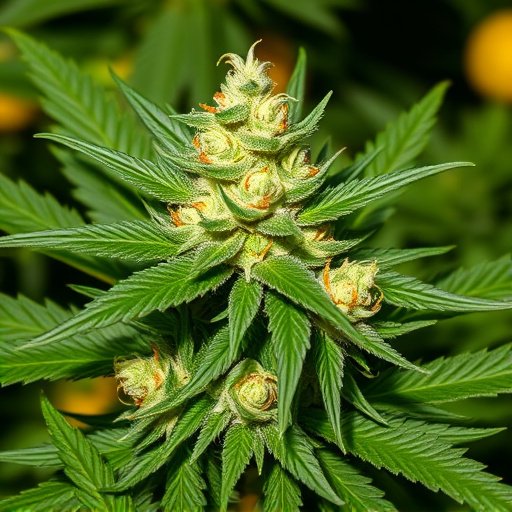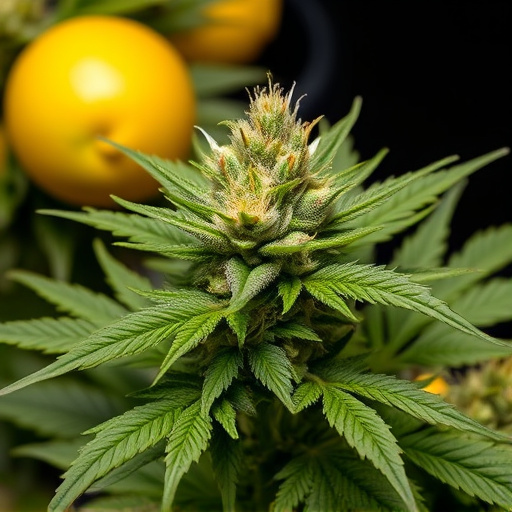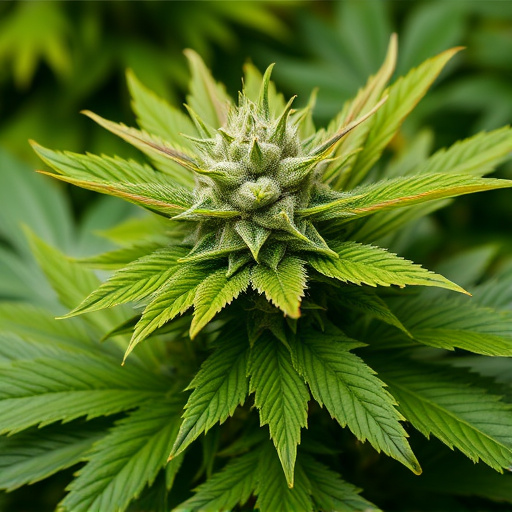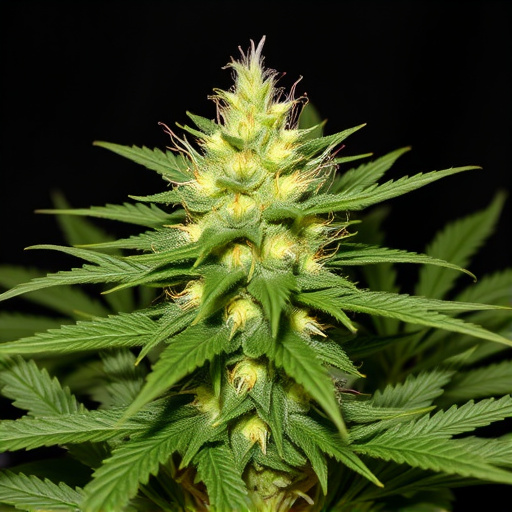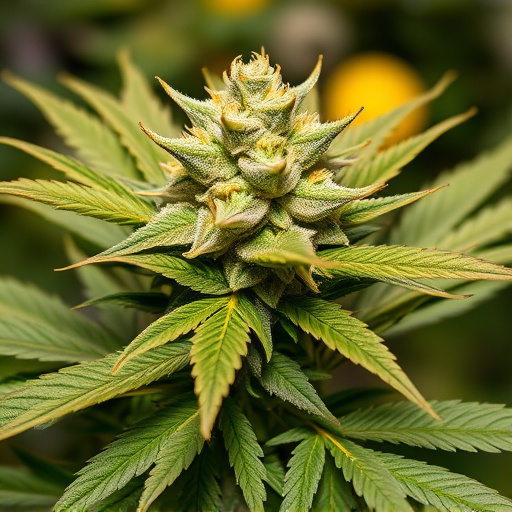Lemon cannabis strains have gained popularity due to their vibrant yellow-green color, citrusy aroma, and potential potency benefits. Studies suggest that specific pigments and terpenes like terpinolene and limonene correlate with higher cannabinoid concentrations, offering therapeutic properties. These strains provide both high potency and enjoyable user experiences, making them a desirable choice in the modern cannabis market. The effects of lemon strains are influenced by personal preferences and sensory perceptions, with visual cues like color playing a role in enhancing mood and cognitive function.
Discover how the color of cannabis can reveal more than meets the eye. This article delves into the intriguing question: does color affect cannabis potency? We explore the science behind color and its potential impact on THC levels, focusing on the vibrant and popular lemon cannabis strains. Through a case study, we uncover consumer preferences and perceived effects associated with this unique variety, shedding light on the complex relationship between hue and high.
- The Science Behind Color and Cannabis Potency
- Exploring Lemon Cannabis Strains: A Case Study
- Perceived Effects and Consumer Preferences
The Science Behind Color and Cannabis Potency
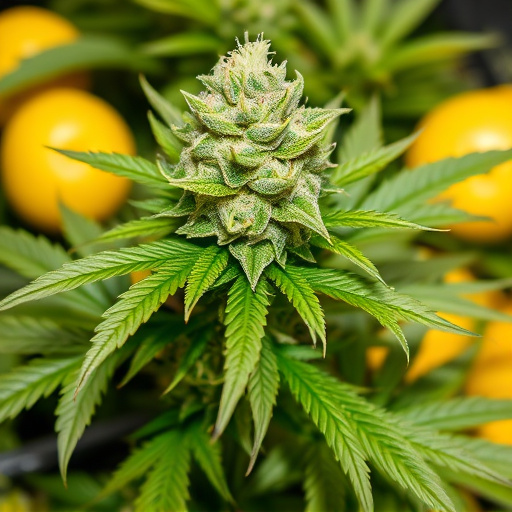
The connection between color and cannabis potency has intrigued researchers and enthusiasts alike. While it might seem like a simple visual distinction, the science behind it is complex. Cannabis plants produce various compounds, including cannabinoids and terpenes, which contribute to their unique flavors, aromas, and effects. These compounds interact with our bodies’ endocannabinoid system, influencing how we perceive and experience cannabis.
In particular, the vibrant hues often associated with cannabis strains, like the citrusy yellow-green of lemon cannabis strains, can provide valuable clues about their chemical profile. Some studies suggest that specific pigments in cannabis leaves may correlate with higher concentrations of certain cannabinoids. For example, lemony strains are known for their intense aroma and potent effects, often linked to rich levels of terpinolene, a terpene with therapeutic properties. This relationship between color, compounds, and potency highlights the intricate interplay that exists within the cannabis plant, offering a fascinating glimpse into the potential benefits and experiences different strains can offer.
Exploring Lemon Cannabis Strains: A Case Study

Lemon cannabis strains have gained significant attention in the industry due to their unique aroma and potential potency benefits. These strains, often characterized by a bright, citrusy flavor, are a popular choice among consumers seeking potent and therapeutic effects. In terms of lemon cannabis strains, research suggests that specific terpenes found in these varieties, such as limonene, may contribute to enhanced potency. Limonene is known for its uplifting and energizing properties, which can positively impact the overall experience.
A case study exploring a renowned lemon strain revealed intriguing results. The strain, known for its high THC content, demonstrated not only potent psychotropic effects but also anti-inflammatory and analgesic properties. Consumers reported a more intense sensory experience, with the citrusy notes heightening the overall enjoyment. This study highlights how certain cannabis strains, like lemon varieties, can offer both potency and an enhanced user experience, making them a compelling choice for those seeking optimal benefits in today’s market.
Perceived Effects and Consumer Preferences
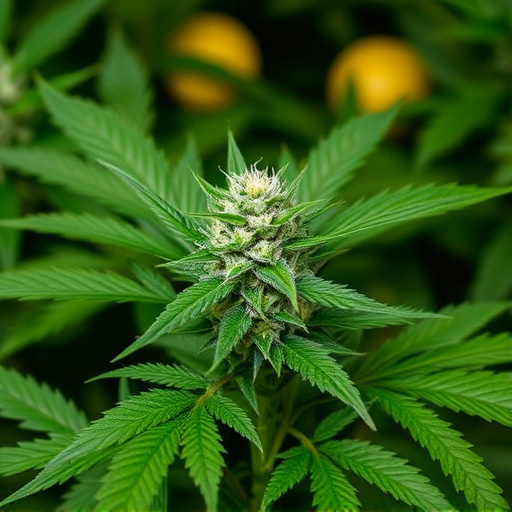
The perceived effects of cannabis are heavily influenced by consumer preferences and sensory experiences, including visual cues like color. While scientific literature on this topic is still evolving, anecdotal evidence suggests that certain colors can enhance or alter the way users feel. For instance, vibrant strains like lemon cannabis, known for their sunny yellow or citrus-hued flowers, are often associated with uplifting and energetic effects due to the aesthetic appeal.
Consumers frequently describe these visually striking strains as providing a more intense sensory experience, with some even attributing improved mood and cognitive function to their consumption. The preference for specific colors in cannabis might be linked to cultural influences, personal associations, or simply the desire for a more enjoyable and memorable consumption ritual. This trend highlights the intricate relationship between visual perception and subjective experiences related to cannabis potency and enjoyment.
While the science behind color’s direct impact on cannabis potency is still evolving, evidence suggests that certain pigments may contribute to unique terpene profiles, ultimately influencing effect. The case study of lemon cannabis strains highlights this, showcasing how their vibrant hue often corresponds with potent and desirable effects. As consumer preferences continue to shape the industry, understanding the connection between color and potential potency could provide valuable insights for cultivators and aid in breeding new, exciting varieties like lemon strains.

